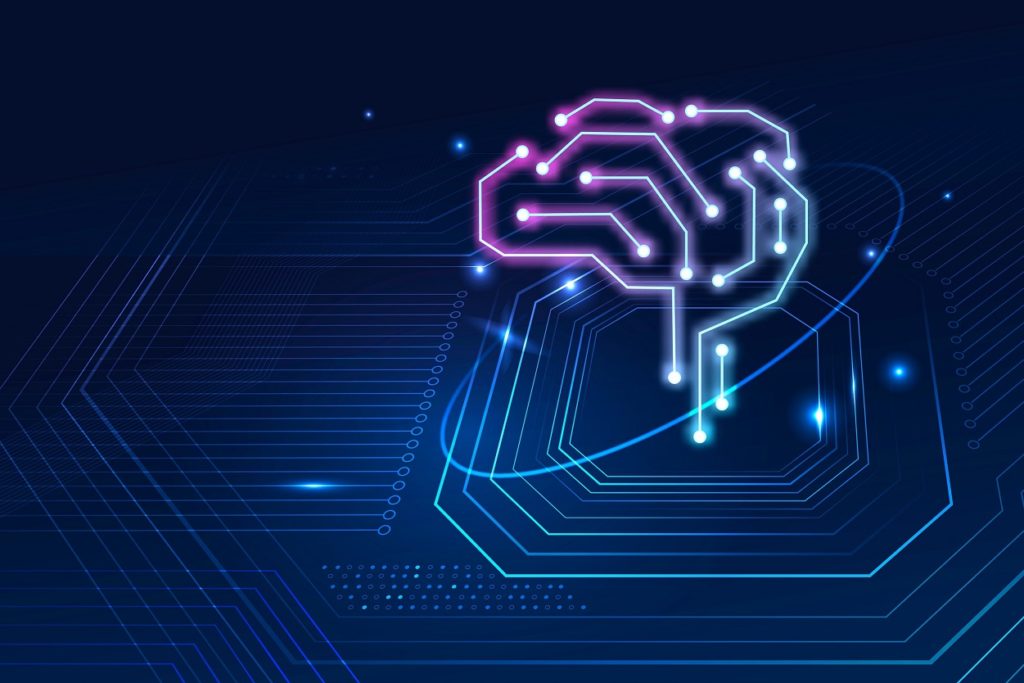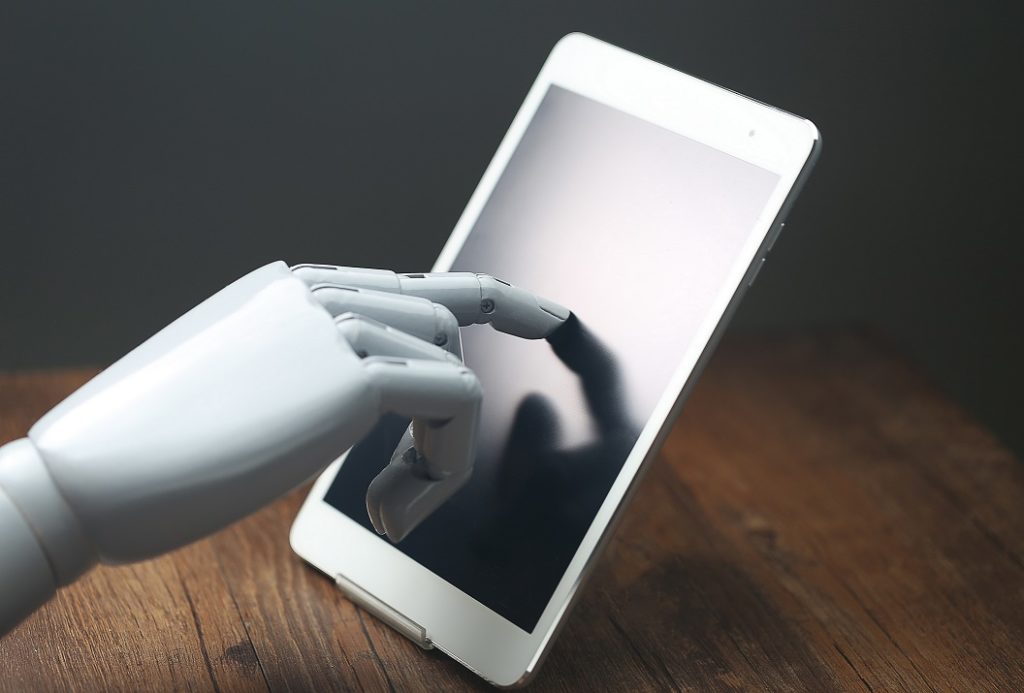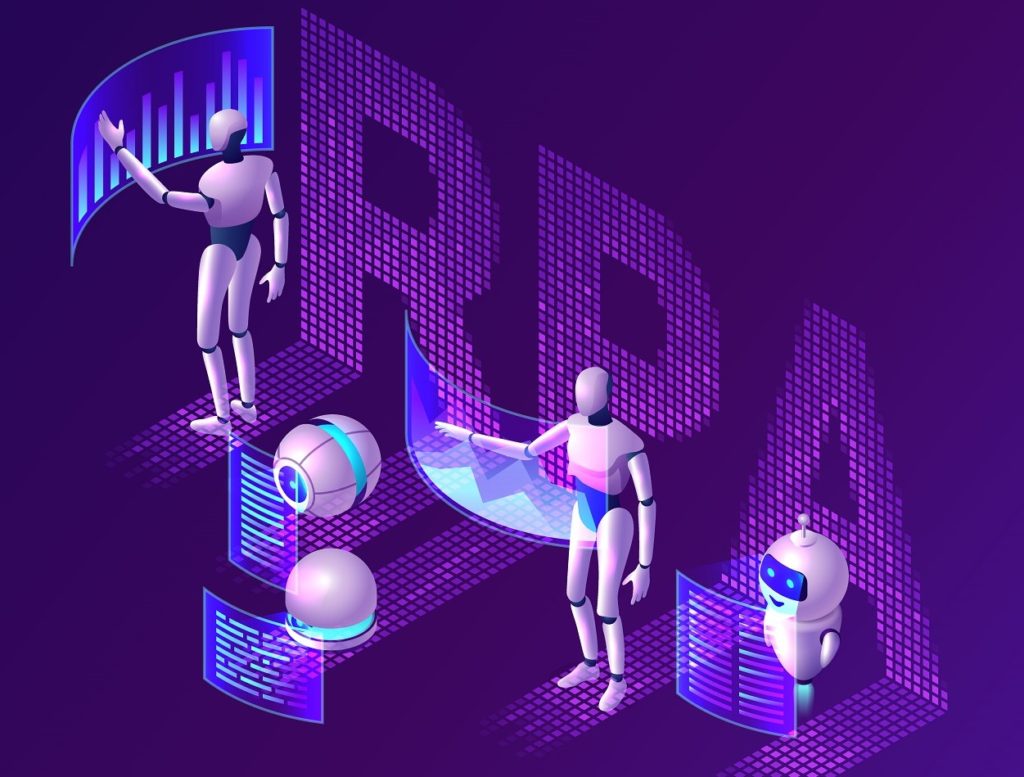Just as IBM has roots linking back as far as 1880, the “history” of AI also goes back many decades, all the way back to one of the pioneers of modern computing, Alan Turing. In his paper
‘Computing Machinery and Intelligence’ (1950), Turing asked himself if
machines could think, and he presented the now-famous
Turing Test, in which a human interrogator had to try to distinguish between a computer response and a piece of human text. According to IBM, we should also mention the 1995 book,
‘Artificial Intelligence: A Modern Approach’ by Stuart Russell and Peter Norvig. In this book, the authors go into detail about four possible aims and definitions of AI, which differentiate IT systems according to the extent of their reasoning, thinking and action.
One of the highest-ranking definitions online is that offered by the
purely online and remote job website Builtin. What is interesting about this explanation is not so much the definition itself but the way it is later developed. According to the Builtin website, AI “is a wide-ranging branch of computer science concerned with building smart machines capable of performing tasks that typically require human intelligence”. So far, nothing particularly new. However, the site goes to establish “four types” of Artificial Intelligence, which they name: a) Reactive Machines; b) Limited Memory; c) Theory of Mind; and d) Self-Awareness. They also mention various examples of Artificial Intelligence such as Siri, Alexa and other smart assistants, self-driving vehicles, robo-advisors, conversational bots, E-mail spam filters and Netflix recommendations.
In a post like this, it would be hard to ignore the internet’s most popular open encyclopaedia, Wikipedia. According to
their entry, AI “is intelligence demonstrated by machines, as opposed to the natural intelligence displayed by humans or animals”. According to Wikipedia, the main AI textbooks define it as the study of “intelligent agents”, which is to say, “system that perceives its environment and takes actions that maximize its chance of achieving its goals”. It also goes on to say that some popular accounts use the term to describe machines that imitate cognitive functions associated with the human mind, such as learning to problem-solving.
This Wikipedia entry states that “Artificial intelligence was founded as an academic discipline in 1956”, but also makes an interesting observation about the evolution of the field of study: “…in the years since has experienced several waves of optimism, followed by disappointment and the loss of funding (known as an “AI winter”), followed by new approaches, success and renewed funding. AI research has tried and discarded many different approaches during its lifetime, including simulating the brain, modelling human problem solving, formal logic, large databases of knowledge and imitating animal behaviour. In the first decades of the 21st century, highly mathematical statistical machine learning has dominated the field, and this technique has proved highly successful, helping to solve many challenging problems throughout industry and academia”.






